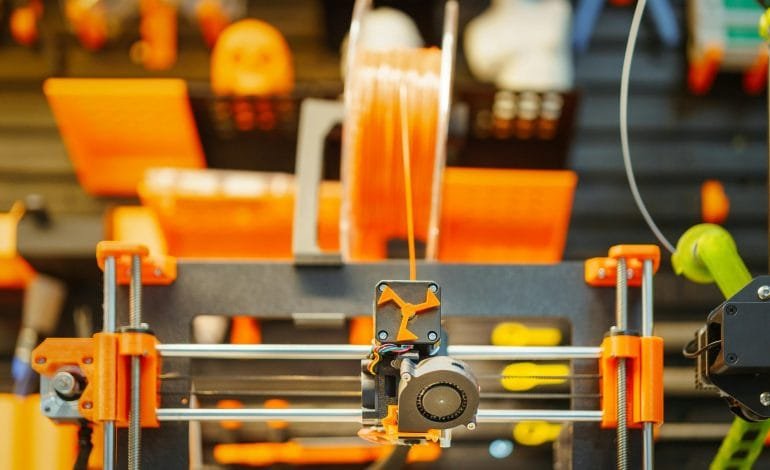3D Printing Main Settings: A Beginner’s Guide

Embarking on your 3D printing journey can be exciting yet challenging. The right settings can mean the difference between a successful print and a failed one. This guide breaks down the main 3D printing settings to help beginners in Lebanon, or anywhere else, create better results from the start. Whether you’re using a 3D printing cube at home or a factory-scale machine, understanding these essentials is key.
1. Layer Height: Precision vs. Speed
Layer height determines the resolution of your print. Smaller layers (e.g., 0.1mm) produce smoother and more detailed results but take longer. Larger layers (e.g., 0.3mm) print faster but may lose some detail. Choose based on the project: finer settings for intricate models and faster ones for rough prototypes.
2. Print Speed: Balancing Quality and Time
Print speed affects quality and stability. Slower speeds (40-60mm/s) produce cleaner prints with fewer errors, ideal for detailed designs. Higher speeds (100mm/s or more) save time but may compromise precision. Beginners should start slow and increase speed as they gain confidence.
3. Infill Density: Structure and Strength
Infill is the internal pattern of a print, impacting strength and material usage. A low infill (10-20%) suits decorative items, while functional parts may require 50% or more. Experiment with patterns like honeycomb or grid for optimal balance.
4. Bed Adhesion: Preventing Warping
Good bed adhesion is crucial to avoid prints lifting off the build surface. Use tools like a heated bed, glue stick, or painter’s tape, and ensure the first layer adheres well. Adjust settings like brim or raft for challenging prints.
5. Nozzle Temperature and Material Choice
Different materials require specific nozzle temperatures. PLA, a popular beginner material, prints well at 190-220°C. ABS, PETG, and other materials may need higher temperatures. Always consult material guidelines for optimal results.
6. Cooling Fans: Impact on Quality
Cooling fans solidify melted material, affecting overhangs and bridging. Use high fan speeds for PLA and lower speeds or no cooling for materials like ABS. Adjust according to the part’s geometry and material type.
7. Support Structures: Printing Overhangs
Supports are necessary for overhangs or complex designs. Use slicer software to generate supports only where needed. Materials like water-soluble PVA make removal easier, especially for intricate designs.
8. Calibration and Maintenance
A well-calibrated printer ensures accuracy. Regularly level the print bed, clean the nozzle, and check for proper belt tension. A maintained machine produces more reliable prints.
Conclusion
Mastering these 3D printing settings will enhance your success rate and build confidence as a beginner. For those in Lebanon looking for expert guidance or CAD services, Manifest 3D offers support to help you refine your projects and achieve professional-quality results. Whether it’s for home use or factory production, understanding these basics is your first step toward 3D printing excellence.
Copyright 2024, All Rights Reserved
